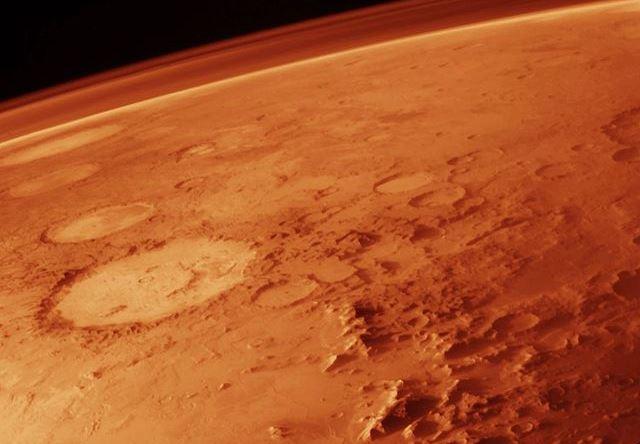
HOUSTON—NASA’s Human Research Program (HRP) is soliciting proposals from U.S.-based companies and institutions for methods of dealing with mental health challenges that astronauts are likely to face during multiyear missions to Mars— strategies that could also address the psychosocial effects of pandemics like the current novel coronavirus.
The goal is to develop ideas and technologies focused on the prediction, prevention, diagnosis and/or treatment of adverse changes in behavioral health and cognitive performance in astronauts during missions spanning a notional two to three years in the case of a roundtrip to Mars, something NASA envisions for the 2030s.
For the solicitation, NASA is working through the Translational Research Institute for Space Health (TRISH), a 3 1/2-year-old consortium partnered with the HRP and led by the Baylor College of Medicine, of Houston, that includes Caltech and the Massachusetts Institute of Technology (MIT). The solicitation includes acute episodes associated with spacecraft launches, landings, spacewalks and repairs to critical flight hardware.
There are also more linked to prolonged spacecraft confinement and physical isolation from family and friends; limited interpersonal contact; disruption to circadian rhythms; and workloads that can range from too high to too low. Opportunities to communicate with Earth at Mars can be restricted by communication capabilities and punctuated by delays between transmissions and receptions of between three and 22 min. each way.
Mental health in astronauts can be stressed by physical factors as well, including deep-space radiation and the shift of fluids from the body’s lower torso to the chest and head in the absence of gravity, according to previous research.
The TRISH solicitation is in response to an HRP spaceflight concern, “Risk of Cognition and Behavioral Conditions and Psychiatric Disorders,” that anticipates finding the hardware, software and procedural solutions will be difficult. But the cutting-edge effort could pay dividends for those on Earth struggling in the future from the widespread effects of psychosocial isolation linked to responses to pandemics like COVID-19.
The initiative seeks equipment that is unobtrusive when it comes to bodily sensors and wiring; compliant with volume, mass and power constraints on board any spacecraft; and not dependent on components that must be replaced frequently. Training required for the use of equipment must as limited as possible.
The deadline for the submission of proposals in response to the March 12 solicitation is June 26. Winning applicants must be prepared to match potential one-year grants ranging from $100,000 to $500,000 dollar for dollar from nonfederal sources.
Proposals, which must have a Technology Readiness Level between 4 and 6, are to be submitted via a TRISH dashboard, https://spacehealth.bcm.edu/. Selections are expected in September.
NASA’s HRP is funded annually at about $140 million under NASA’s Exploration Research and Development line, according to NASA’s 2021 budget proposal.





